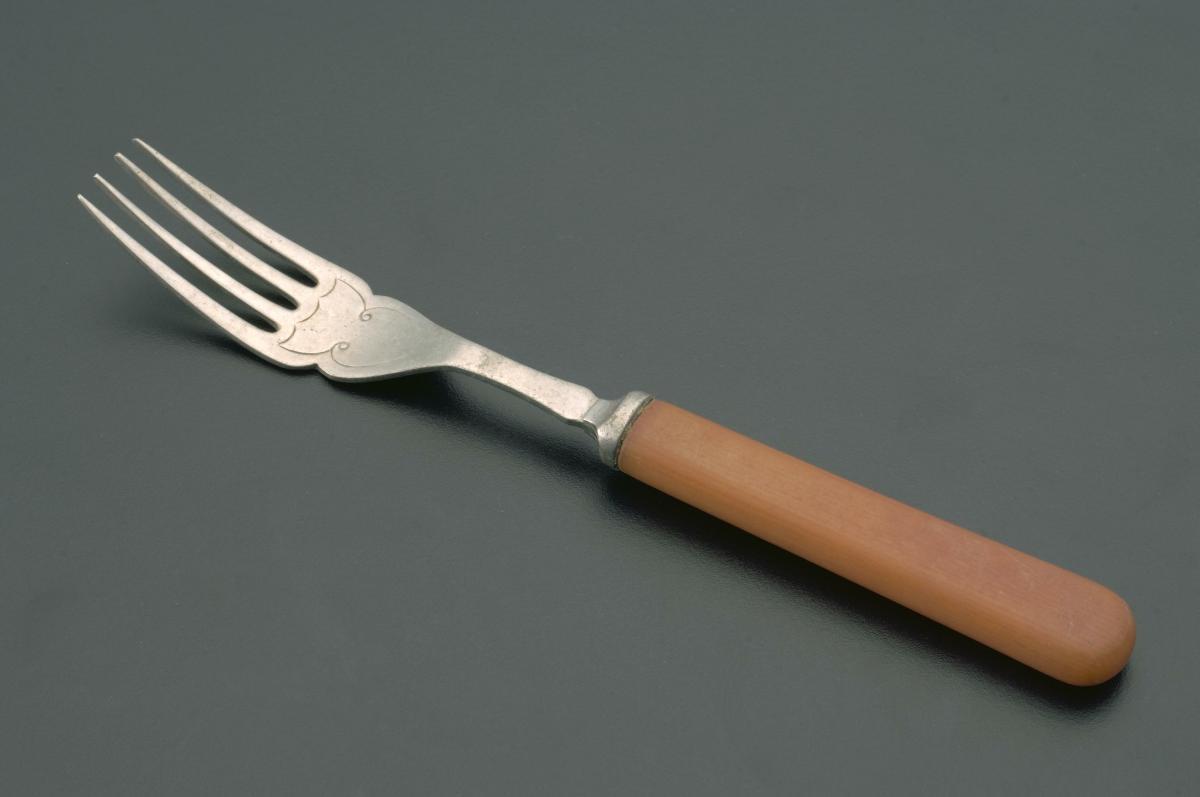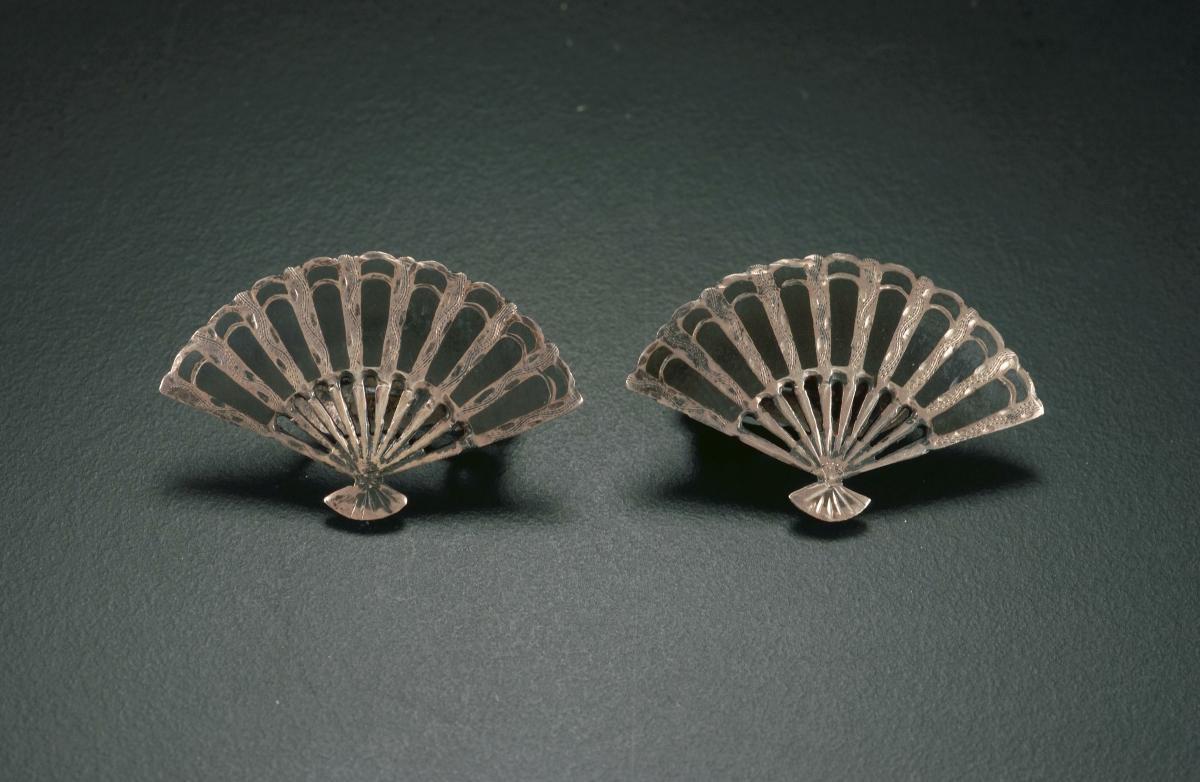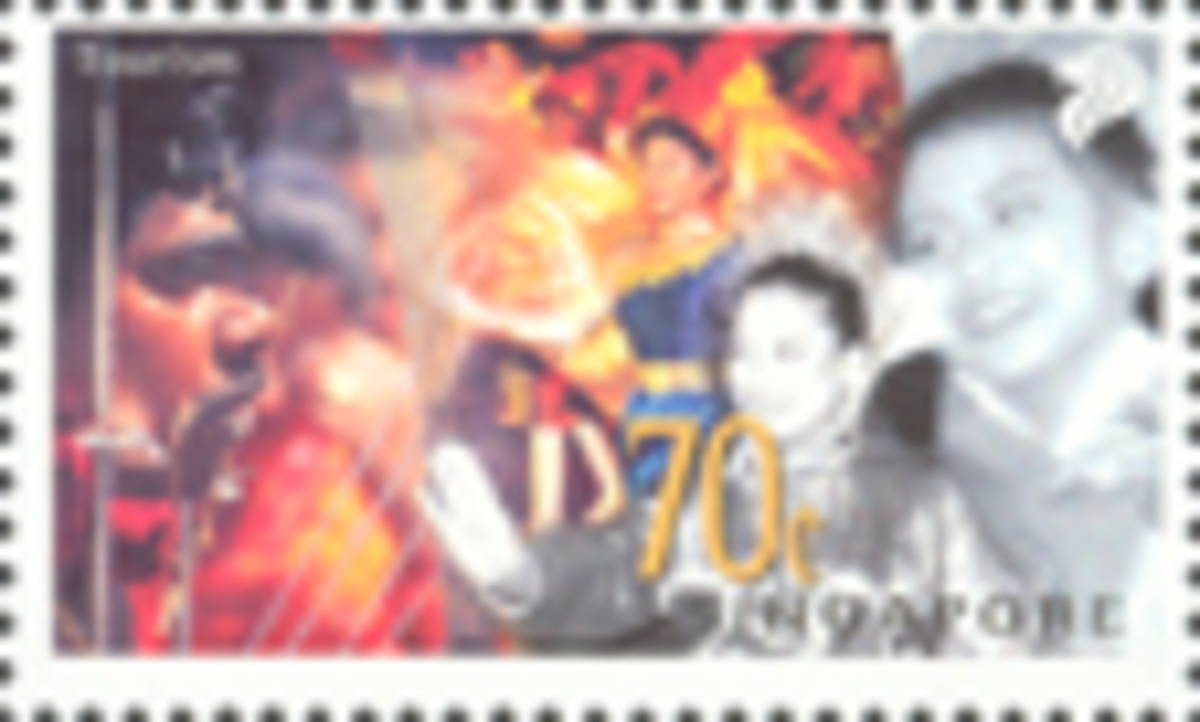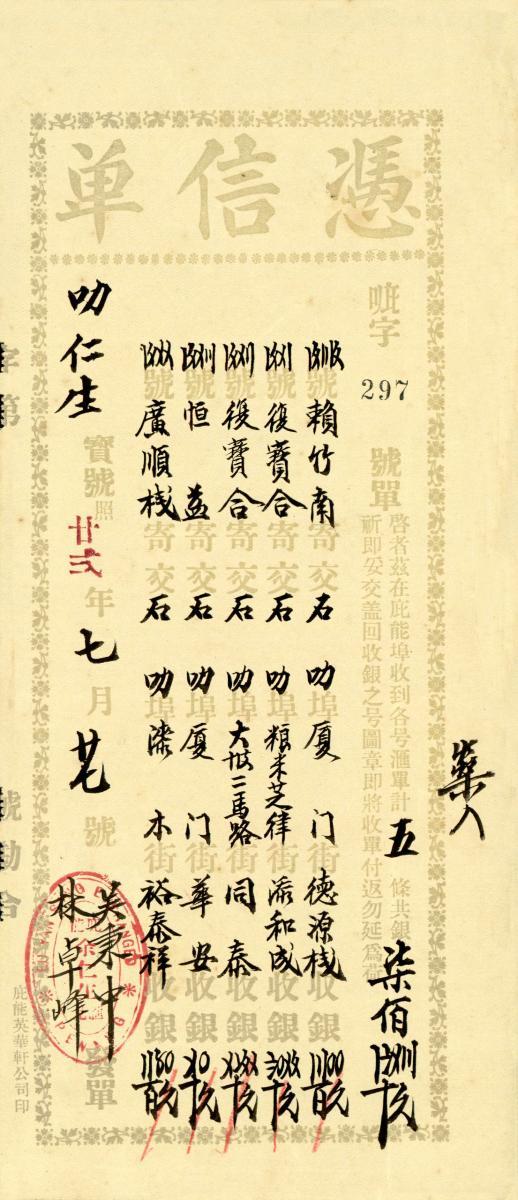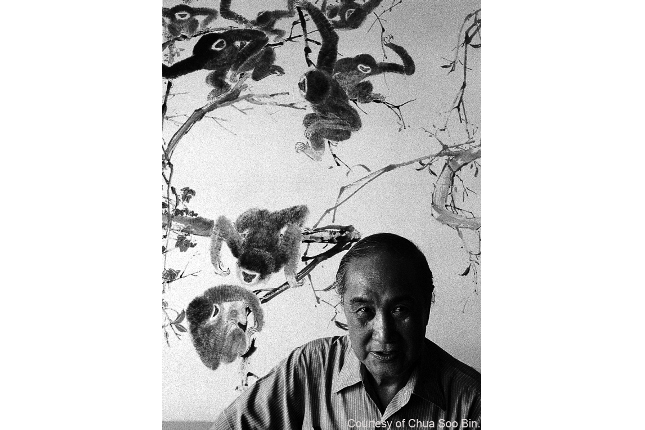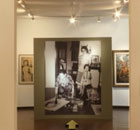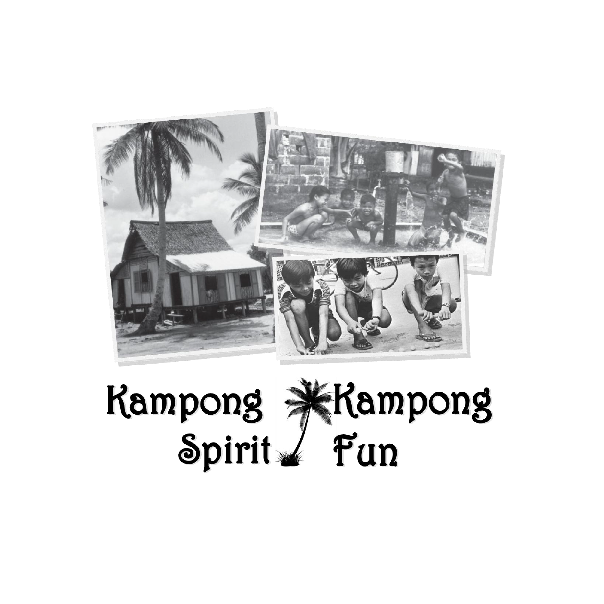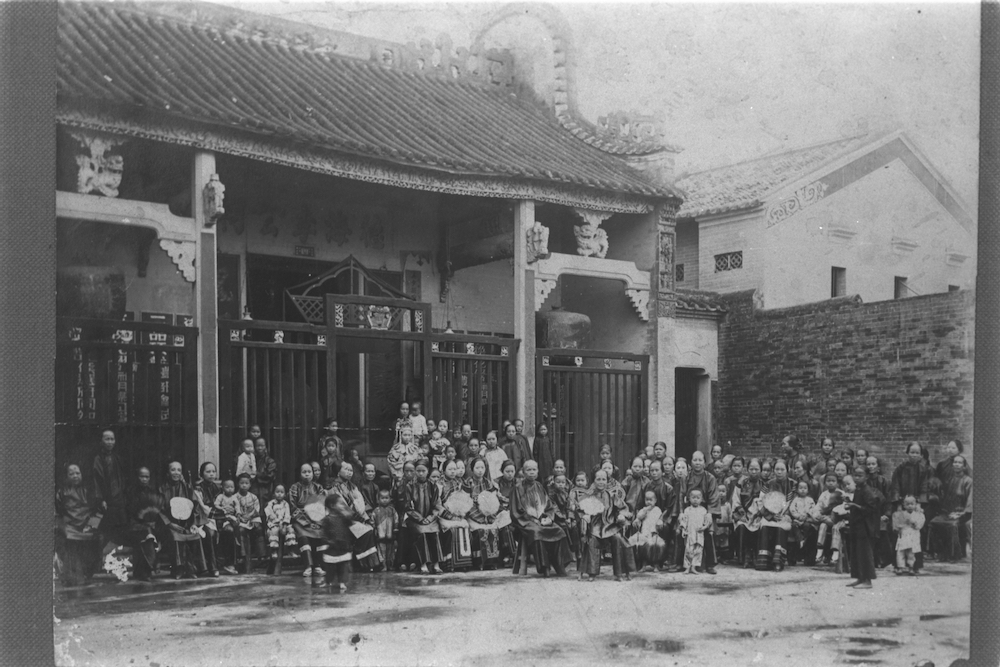The kebaya is a long sleeved garment reaching to around the waist and open in the front. The frontal hems are secured by a set of usually three kerosangs or jewelled brooches connected together by short chains. This garment is believed to have been derived from the ancient ‘qaba’, an Islamic robe worn by rulers across the Middle East since the ninth century. White lace kebayas such as this were favoured by Nonyas and Indo-European ladies of the Dutch East Indies. This piece has a simple design comprising of vertical lines from top to bottom lined with small frills. The frontal hems are also decorated with naturalistic scroll patterns. The kebaya is usually worn with an inner camisole and paired with the sarong, which is a rectangular piece of dyed cotton cloth worn as a skirt by wrapping it around the waist. Together, the sarong kebaya became a distinct part of the identity of Peranakan women.





